 As mentioned yesterday, a new series is being introduced here at Color In My Piano: a monthly forum of sorts, where readers put their heads together a discuss various topics. The success of this series depends on YOU, so please, type away!
As mentioned yesterday, a new series is being introduced here at Color In My Piano: a monthly forum of sorts, where readers put their heads together a discuss various topics. The success of this series depends on YOU, so please, type away!
Without further ado, allow me to introduce the topic for the June forum:
The June Forum: Making your Vocation a Vacation
The June forum is inspired by a couple of quotes I encountered a couple of days ago that really got me thinking about my piano teaching:
“Instead of wondering where your next vacation is, maybe you ought to set up a life you don’t need to escape from.” – Godin
“Make your vocation your vacation.” – Old adage
So the idea is to make your vocation as a piano teacher enjoyable for yourself, so that you aren’t living most of your life just getting by until the next vacation. =)
Now that summer vacation is here, ironically enough, I think this is a fitting topic to consider. I’m sure that some of you are probably taking summer vacation from teaching and others of you are probably going to be teaching as normal through the summer (personally, I’m somewhere in the middle – some students have stayed on and others are taking a summer break). Nevertheless, I’m sure we are all thinking ahead to the next year of teaching and maybe even already doing some planning. Well, now you can add this thought to your list! — How can I make the next year of teaching be more like a vacation than a vocation?
Thoughts? What do YOU do to make your vocation more like your vacation? How do you deal with discouragement and disappointments as a teacher when they come along? How do you keep your teaching fresh and fun? What are some practical ways that you can do differently to make your vocation as a piano teacher more like a vacation all year long?
Photo credit: jonycunha | CC 2.0
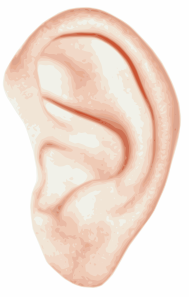 Lately, I’ve been thinking about ways to keep students focused on the sound they are creating when they play and preventing them from becoming overly sight-oriented. Being a good musician is so much more than accurately executing what is written in the score, after all. Students should be learning to use their ears and listen to what sounds they are making too!
Lately, I’ve been thinking about ways to keep students focused on the sound they are creating when they play and preventing them from becoming overly sight-oriented. Being a good musician is so much more than accurately executing what is written in the score, after all. Students should be learning to use their ears and listen to what sounds they are making too!

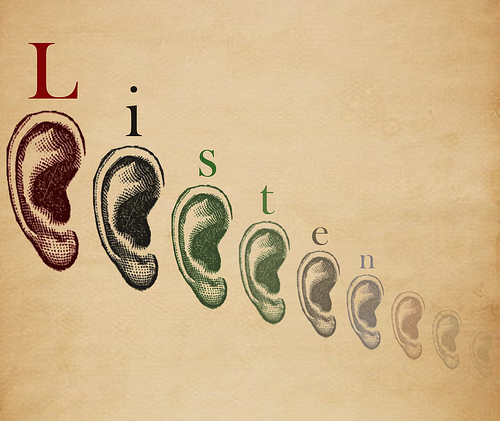

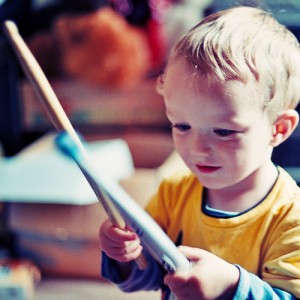 Developing a good sense of rhythm is one of the most challenging parts of being a piano teacher. It’s not something that arrives overnight, and it’s something that must be maintained as the student advances to music with more advanced rhythms and time signatures. It truly is something that must be developed.
Developing a good sense of rhythm is one of the most challenging parts of being a piano teacher. It’s not something that arrives overnight, and it’s something that must be maintained as the student advances to music with more advanced rhythms and time signatures. It truly is something that must be developed.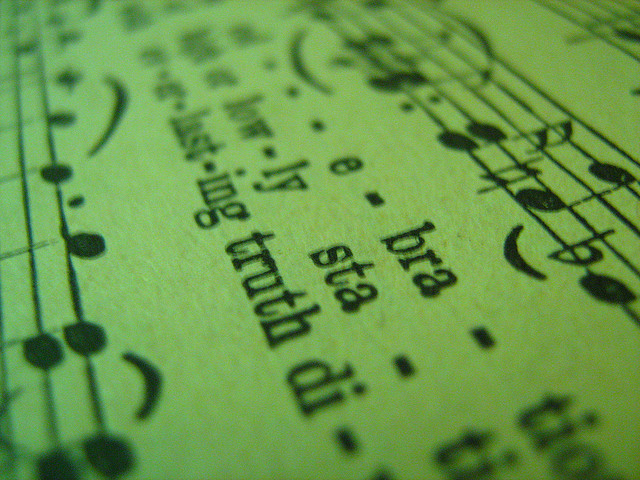
 Here is the summary post for the
Here is the summary post for the 
 Last week, a colleague of mine and I held a summer piano mini-camp with the help of our piano professor. Here’s what we did:
Last week, a colleague of mine and I held a summer piano mini-camp with the help of our piano professor. Here’s what we did:
 June is over (summer is going by so quickly!!), and so is the
June is over (summer is going by so quickly!!), and so is the 
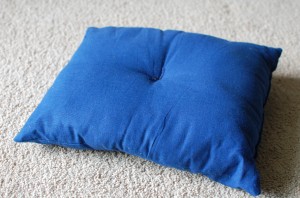
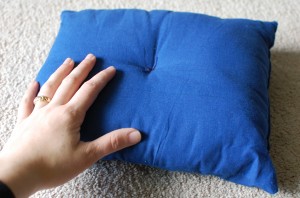
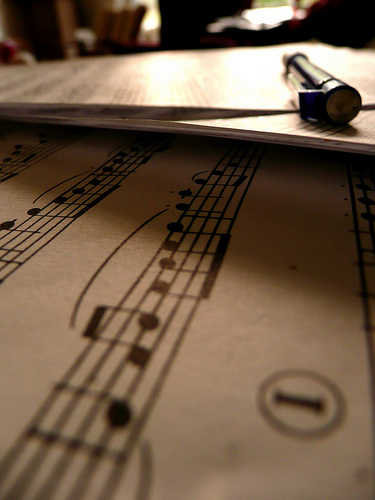
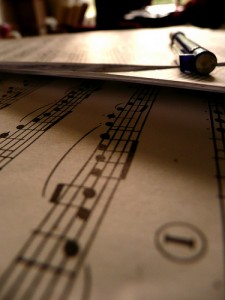 I was talking to a parent after teaching a lesson yesterday, and she told me that her older daughter (who plays a few different band instruments, but is not currently taking piano lessons) is attending a band camp for high schoolers this week. Upon arrival, the camp gave her daughter a theory placement test, and she scored a 2B (I’m not sure what leveling system they were using, but her mother had expected her to score higher). Her mother was a little perturbed because she has paid for many years of lessons for her daughter, but only a few of her daughter’s past teachers taught theory as component of taking private lessons. She wondered, shouldn’t my daughter have gotten more theory training than this? What have I been paying all this money and time for?
I was talking to a parent after teaching a lesson yesterday, and she told me that her older daughter (who plays a few different band instruments, but is not currently taking piano lessons) is attending a band camp for high schoolers this week. Upon arrival, the camp gave her daughter a theory placement test, and she scored a 2B (I’m not sure what leveling system they were using, but her mother had expected her to score higher). Her mother was a little perturbed because she has paid for many years of lessons for her daughter, but only a few of her daughter’s past teachers taught theory as component of taking private lessons. She wondered, shouldn’t my daughter have gotten more theory training than this? What have I been paying all this money and time for?
 Many of you may remember being required by your piano teachers growing up to practice a certain amount of minutes each day/week. Perhaps your requirement looked something like this:
Many of you may remember being required by your piano teachers growing up to practice a certain amount of minutes each day/week. Perhaps your requirement looked something like this: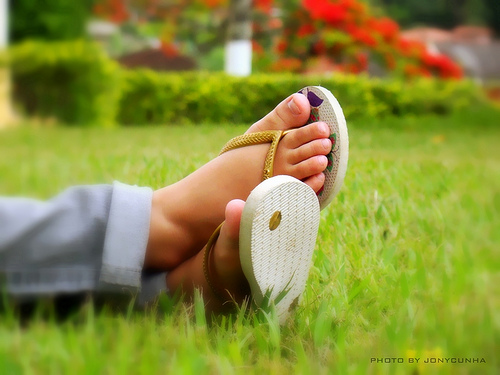
 As mentioned yesterday, a new series is being introduced here at Color In My Piano: a monthly forum of sorts, where readers put their heads together a discuss various topics. The success of this series depends on YOU, so please, type away!
As mentioned yesterday, a new series is being introduced here at Color In My Piano: a monthly forum of sorts, where readers put their heads together a discuss various topics. The success of this series depends on YOU, so please, type away!
